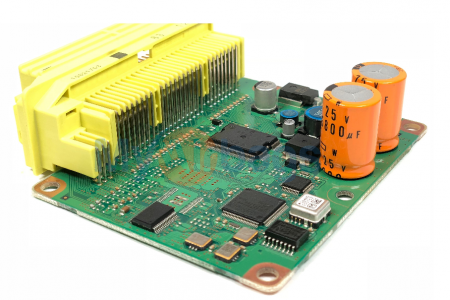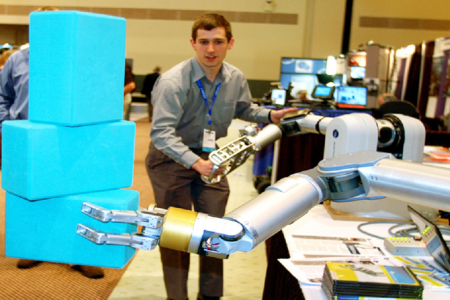Most computing tasks, whether for home or business, used to take place on PCs – either desktop or laptop. In recent years though there has been a move towards more portable devices such as tablets and smartphones for day-to-day tasks. This means that the focus of software testing services has needed to switch to these devices to ensure applications work across different platforms.

System diversity
The switch to mobile presents a challenge because, where the PC market is dominated by Windows, there’s a wider choice of mobile operating systems. The biggest players in the market are Android and Apple’s iOS but Windows and BlackBerry are also a significant presence. This means that companies offering BYOD policies may have to support multiple systems.
Mobile operating systems tend to update more frequently too. Apple’s iOS 9 is due to launch this year and Google has already previewed Android Marshmallow. However, users can sometimes be reluctant to update which means that there can be many older versions in use.
With Android in particular, because the versions installed tend to be tweaked by the device manufacturer, newer versions of the software can be slow to roll out. In fact, some devices may not get updated at all.
Why mobile?
Just why have we fallen in love with mobile devices in such a big way? Partly it’s due to improvements in memory capacity and processing power, which mean that it’s now possible to carry much more computing power in your pocket.
The increased availability of wireless access is a factor too, as are the geolocation features of mobile devices. The latter allows systems to take advantage of where they’re located to deliver locally relevant information, allowing users to find businesses in their area.
Another big factor is that widespread internet access means it’s easy to store files in the cloud. You can, therefore, have access to your work or personal files wherever you are, and pick them up on any device wherever you’re located. As businesses increasingly turn to cloud-based systems, it becomes more practical for the workforce to operate from anywhere.





